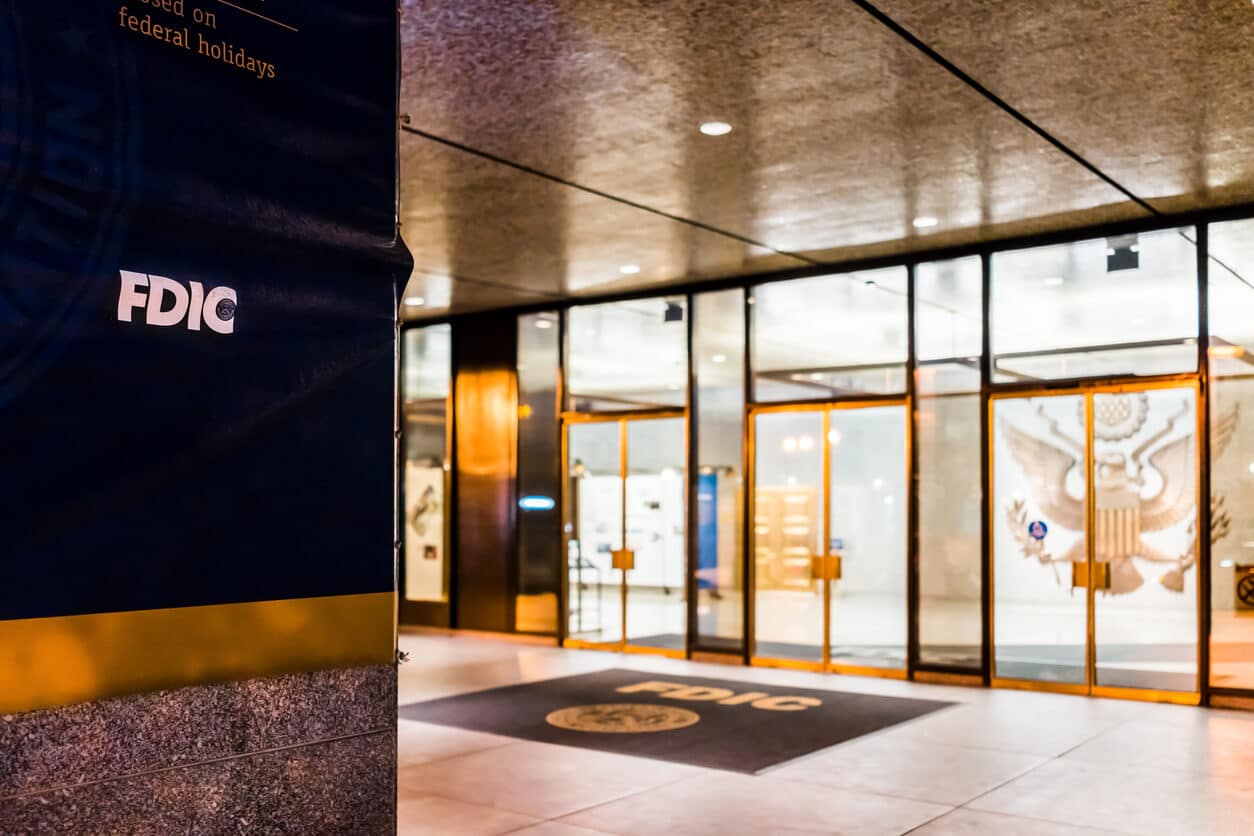A recent study by Annuity.com reported that if Baby Boomers could go back and make different choices, most would prioritize their health over their money.
Similarly, In a survey by the Nationwide Retirement Institute (Health and Wealth: A Strong Connection, 2019), it was found that 76% of Baby Boomers would prioritize their health over a larger retirement fund.
Take note, Gen X, Y, and Z’ers!
“I wish I had…”
As financial planners, we hear this phrase too often.
In the realm of money, we work to help people and families avoid this phrase. After all, that’s the purpose of a financial plan.
Working with a financial planner ensures that you are being proactive in anticipation of your future wants, needs, and unexpecteds (we may or may not have made that word up).
When it comes to retirement, we never want people to reach their golden years wishing they had done more to prepare.
The OTHER Asset You Need In Retirement
Our approach to financial planning acknowledges a very important detail – money is only one piece of the puzzle. Money, fundamentally, is a resource that helps you enjoy the people, places, and activities you love with more freedom. Without enough money, retirement would be stressful.
But there’s another asset that all of us need in retirement: health.
In fact, your health operates much like your finances:
- It’s much harder to start investing in your health at the last second.
- If you steadily invest in your health today, you’re less likely to need drastic action down the road.
- A baseline of “enough” health helps you recover faster from emergencies, just like a financial emergency fund.
While it’s important to work with a financial professional to create a financial plan for retirement, one must also make the other necessary investments to avoid arriving at their golden years having “underfunded” health.
“When health is absent… wealth becomes useless.”
Those are the evergreen words of the ancient Greek physician Herophilus.
Even if one does have enough money to live comfortably, money without health does not add up to an enjoyable retirement.
Poor health leads to problems like:
- Unexpected early retirement & shortened earning years
- Large emergency medical expenses that drain savings
- Lack of physical ability to enjoy the places and activities retirees enjoy most
Health + Wealth
Good health creates more financial security and can lead to a longer and more fulfilling retirement.
According to a study by the National Bureau of Economic Research (The Determinants of Happiness, 2017), retirees who prioritize their health have a higher quality of life and are more likely to engage in activities they enjoy.
CLIENTS: One Step You Can Take For Your Health
Expertise matters.
When it comes to financial planning, we’ve got you covered.
When it comes to your health and wellness, we’ve partnered with Stevyn Guinnip and her company, GrowWellthy.
Stevyn’s “Wellth Webinar” series are aimed at helping you, our clients, grasp the important relationship between your health and your wealth.
Stevyn will give you practical ideas you can take to begin steadily investing in your health and happiness right away.
NEXT WEBINAR:
Date: April 19th, 2023
Time: 4:00pm ET
Topics covered:
- How to recognize a health tax & why it’s important
- The four most common things taxing your health
- What you can do to lower your health taxes today
:::EVENT CLOSED:::




